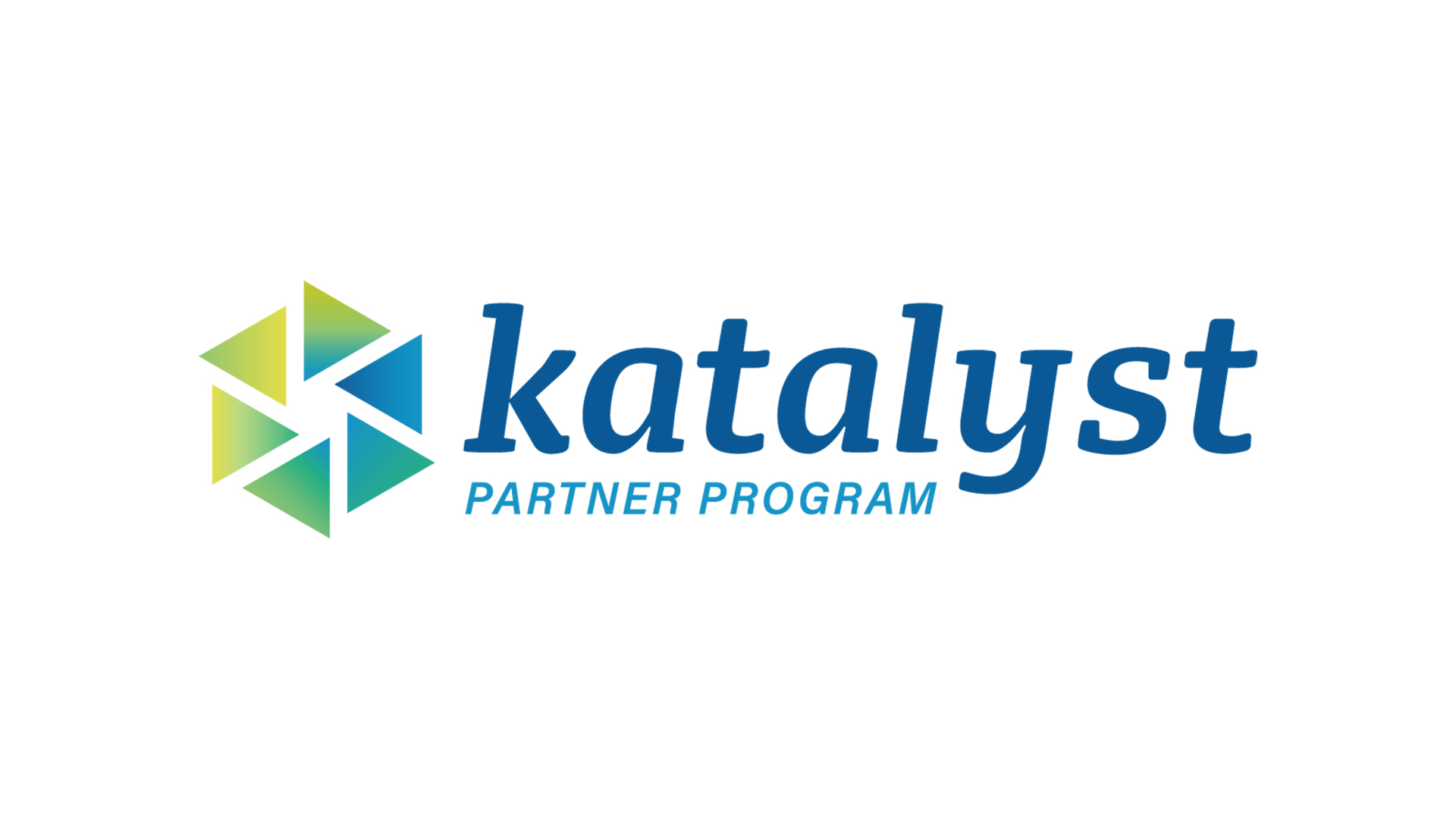Finding the key to unlocking sustainable channel growth
Sometimes, you need the visibility, insight and experience to strip your channel strategy back to its basic components

In an uncertain economy, where every business faces increased pressure to perform, it’s time to seize the opportunity inside your channel and make sure you’re maximising results. Every organisation wants a channel that’s capable, continually improving and focused on the future. In our work, however, with organisations of every shape and size, we see a significant problem time and time again. A lack of clarity in channel position and performance leads to paralysis, and you find yourself unable to plan for tomorrow if you don’t know where you are today.
It's a complex issue, and tricky to identify where to start. When you’re planning for long-term growth, it’s important to have an in-depth understanding of the current state of your channel and how you measure up against your competitors. For that, you need the visibility, insight and experience to strip your channel strategy back to its individual components to develop a clear roadmap for the future; not an easy task for overloaded Channel leaders.
It’s important to have a format to help represent a straightforward way to rate your channel maturity, allowing you to understand your current position and make more informed decisions on how to invest time, money and resources to deliver sustainable growth.
Revealing the value from your Channel
Across your channel operations, growth can be both a blessing and a curse. More partners mean more potential touchpoints with customers, increased activity to drive sales of your products and, ultimately, stronger performance. Sounds great right? But a growing channel is exponentially harder to monitor, manage and optimise. Leaders can struggle to understand their channel strengths and weaknesses, where the quick wins lie and what longer-term activities will deliver the most value.
As a result, we frequently see vendors with channels stuck in the middle stages of maturity. You don’t have to get caught in the quicksand of transformation stasis, however. Some quick and easy benchmarking tools, such as a channel assessment framework, can help you find out how to overcome that hump and continue your transformation.
Take note of today help transform tomorrow
Visibility is vital when it comes to continued transformation, which we’ve seen when working with one of our clients. Increasingly, strong channel operations are at the heart of the most competitive, high-performing organisations. This is because many businesses are coming to realise that a well-developed, expertly managed channel can be a remarkable tool to deliver huge returns.
It’s one thing, however, to say you’ll develop and grow your channel and another to actually do it. Without an informed strategy, it’s hard to know whether you’re truly maximising your resources. You must understand your channel activity across a number of distinct areas including revenue per partner, partner satisfaction, vertical specialisations and creation of marketplaces in order to see the investment that you’re making, where it’s targeted, and what it really delivers.
ChannelPro Newsletter
Stay up to date with the latest Channel industry news and analysis with our twice-weekly newsletter
Achieving buy-in for your transformation
We know that internal visibility across channel operations needs to improve. We know that stronger intelligence can allow you to achieve more with the same or similar resources. But achieving buy-in from across your organisation is a challenge all of its own.
Getting financial and cultural investment for change means presenting a significant, pressing problem and finding an effective way to resolve it. Senior leaders, however, tell us they find it hard to clearly identify and highlight specific weaknesses in their channel strategy. It’s the old adage in full force: If it ain’t broke, don’t fix it. Quite frankly, though, this is like burying your head in the sand. An industry-wide model for channel transformation will make it easier to show stakeholders what’s broken, and what the answer might look like.
Tom Perry is CEO of Sherpa
-
 The Race Is On for Higher Ed to Adapt: Equity in Hyflex Learning
The Race Is On for Higher Ed to Adapt: Equity in Hyflex LearningBy ITPro
-
 Google faces 'first of its kind' class action for search ads overcharging in UK
Google faces 'first of its kind' class action for search ads overcharging in UKNews Google faces a "first of its kind" £5 billion lawsuit in the UK over accusations it has a monopoly in digital advertising that allows it to overcharge customers.
By Nicole Kobie
-
 Cisco names Oliver Tuszik as global sales chief
Cisco names Oliver Tuszik as global sales chiefNews Cisco has announced the appointment of Oliver Tuszik as its new executive vice president of global sales, who replaces Gary Steele.
By Daniel Todd
-
 Katun targets accelerated growth, greater collaboration with new partner portal
Katun targets accelerated growth, greater collaboration with new partner portalNews Printing and imaging specialist Katun has announced the launch of its new Katalyst Partner Portal, designed specifically to drive channel collaboration.
By Daniel Todd
-
 ‘Here in the European market, I think we are in a good position’: DocuWare CEO Dr Michael Berger on the company’s rapid growth
‘Here in the European market, I think we are in a good position’: DocuWare CEO Dr Michael Berger on the company’s rapid growthNews ChannelPro sat down with DocuWare CEO Michael Berger to discuss the company's rapid growth and channel strategy.
By Bobby Hellard
-
 Group-IB launches partner program as channel-first strategy kicks off in Europe
Group-IB launches partner program as channel-first strategy kicks off in EuropeNews The vendor said the initiative reflects its commitment to building a resilient cyber security ecosystem across Europe
By Daniel Todd
-
 Datatonic eyes fresh growth drive with new CEO appointment
Datatonic eyes fresh growth drive with new CEO appointmentNews Datatonic has announced the appointment of Scott Eivers as its new CEO as the enterprise data and AI solutions provider looks to its next phase of growth.
By Daniel Todd
-
 Marketing talent brain drain could stunt channel partner success
Marketing talent brain drain could stunt channel partner successNews Valuable partner marketing skills are at risk of being lost as the structure of channel marketing teams continues to shift, according to new research.
By Daniel Todd
-
 LevelBlue launches new partner program that’s “built for the future”
LevelBlue launches new partner program that’s “built for the future”News The new partner initiative features a flexible, consumption-based model to help partners drive revenue
By Daniel Todd
-
 SonicWall pins ‘transformational year’ on strong partner growth
SonicWall pins ‘transformational year’ on strong partner growthNews The vendor’s channel-first strategy has fueled a 42% year-over-year increase in overall partner growth
By Daniel Todd